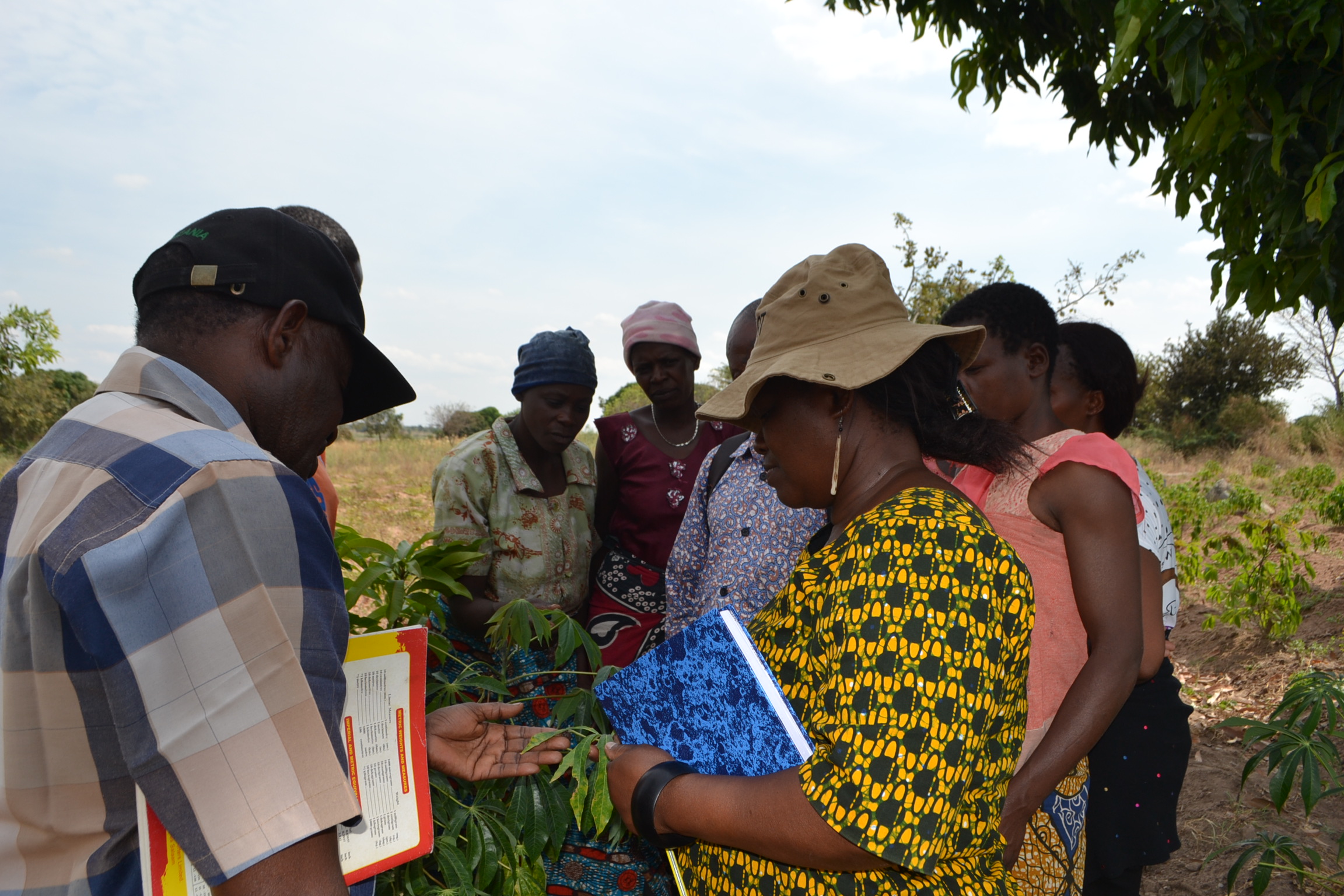African Cassava Whitefly Project2 (ACWP2)
- 23rd December, 2020 00:00
- By
A PHP Error was encountered
Severity: Notice
Message: Trying to get property 'username' of non-object
Filename: projects/details.php
Line Number: 40
Backtrace:
File: /data/tarigo/public_html/application/views/centres/projects/details.php
Line: 40
Function: _error_handlerFile: /data/tarigo/public_html/application/controllers/centre/Projects.php
Line: 83
Function: viewFile: /data/tarigo/public_html/index.php
Line: 296
Function: require_once

TITTLE: ACWP2: Cassava Whitefly Control for sustainable food security in Sub Sahara Africa,
INTRODUCTION.
Cassava is an important food and cash crop in Tanzania and other countries in sub-Saharan Africa, such as in East, Central and Southern Africa. (IITA/SARRNET, 2007). In Tanzania, cassava is mainly grown by smallholder farmers on 0.5 to 5 acres and it is mainly grown in most districts of the Eastern, Southern, Western and Lake Victoria Zones. Although cassava is important in Tanzania and the neighboring countries, its production in these countries is severely constrained by, among other factors, the viral diseases, cassava mosaic (CM) and cassava brown streak (CBS) diseases, which are transmitted by the cassava whitefly.
PROJECT EVOLUTION (ORIGIN): ACWP2: Cassava Whitefly Control for sustainable food security in Sub Sahara Africa Project originates from a 4 year B&MG funded project from Nov 2014 to October 2018 titled:
African Cassava Whitefly: Outbreak, Causes and Sustainable Solutions. The project was implemented in Tanzania, Uganda and Malawi and it was directed by National Resources Institute of University of Greenwich UK.
Globally, the project involved several institutions in basic and applied research on various aspects of whitefly biology, physiology, ecology, genetics and control solutions
The project was principally focused in three African countries Tanzania, Uganda and Malawi hosted in these countries by Agricultural Research Institute (TARI) in Tanzania, the Department of Agricultural Research Services (DARS) in Malawi, and the National Crops Resources Research Institute (NaCRRI) in Uganda, under the supervision of the NRI opf the University of Greenwich (UK)
OBJECTIVES/GOALS:
The general objective of the project was to develop sustainable strategies for managing cassava whitefly in Tanzania, Malawi and Uganda in order to:
Ø Increase sustainable cassava productivity for poor farming communities dependent on cassava as key staple crop
• Aims: (i) Understanding systematics of whitefly;
• (ii) Identification of factors driving whitefly super abundance
• Understanding nature of whitefly resistance in cassava & foundation for resistance development
• Genetic/physiological factors involved in biology & ecology of whitefly
• SE data base
• Human capacity development
In a nutshell the project aimed to provide a system-wide approach to enable farmers improve control of whitefly and spread of CMD and CBSD thus addressing increased rural income & productivity
ACWP2: Aims to make use of tangible scientific knowledge & technologies arising from Phase 1 to increase cassava productivity through sustainable management of whitefly
The project is based on six aims:
Aim 1: Farmer/stakeholder participatory work in project countries to demonstrate and scale-up examples of how the ACW problem can be solved sustainably in the immediate future
Aim 2: Rapid generation of cassava varieties possessing multiple whitefly and virus-disease resistances (to ensure sustainability over the medium term)
Aim 3: Novel technologies for robust and long-term African cassava-whitefly control by imparting durable control through genetic engineering (GE)
Aim 4: Outreach activities necessary for medium- and long-term sustainability
Aim 5: Project management & scientific human-capacity building

